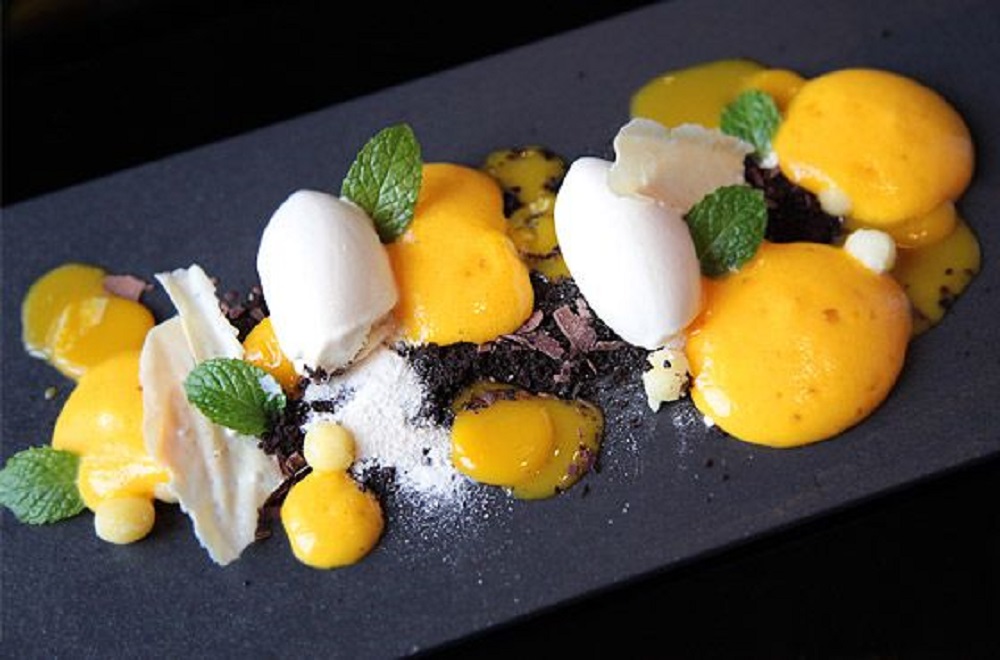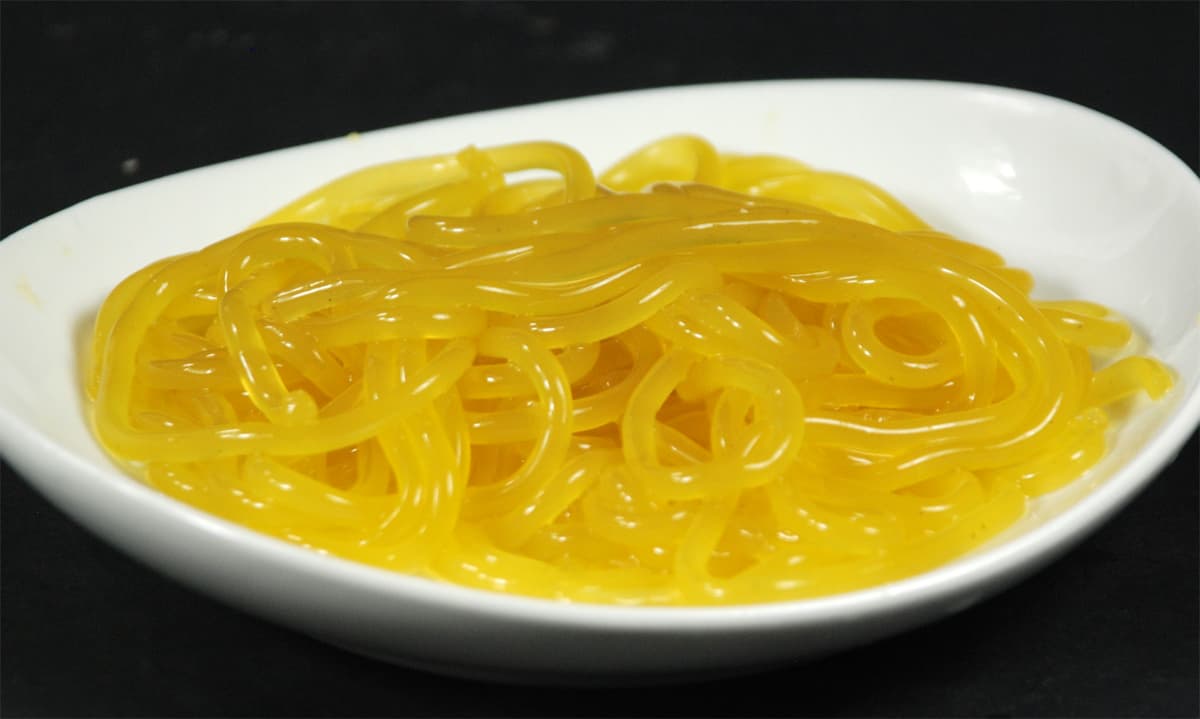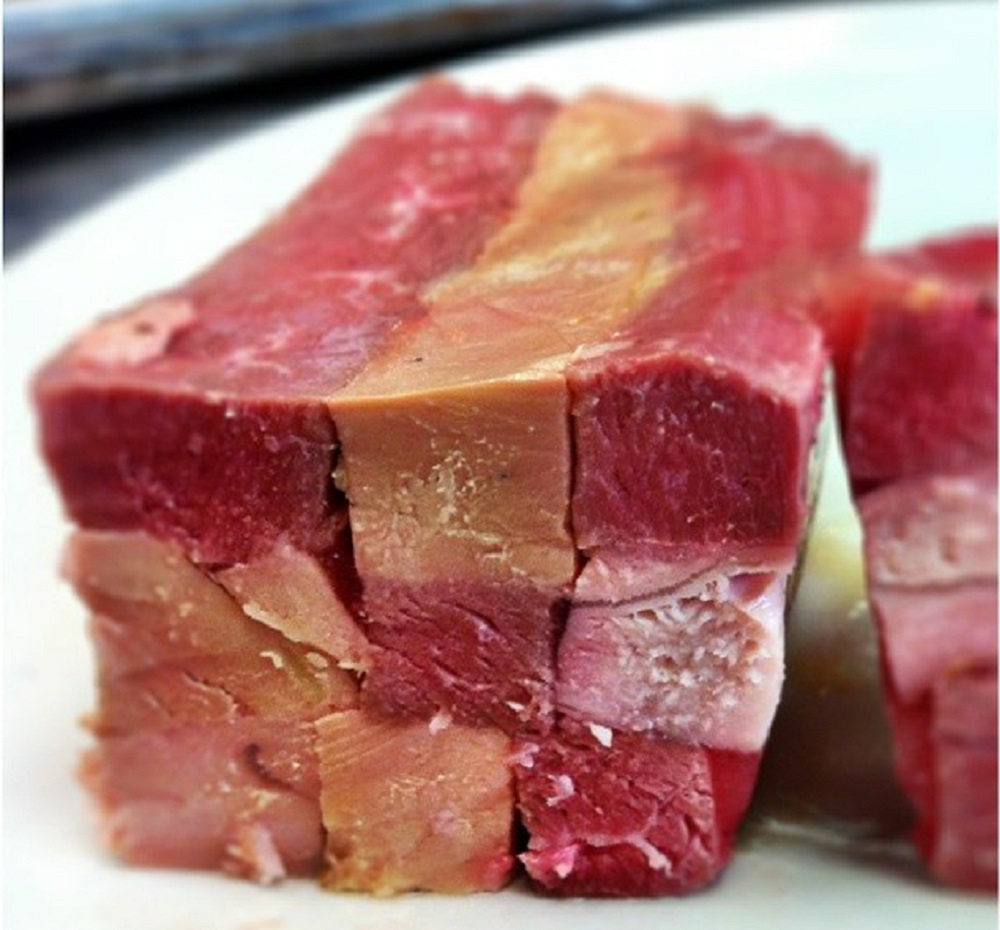Gastronomy is the craft of assembling and serving exquisite and delicious food using scientific methods to provide more flavors and dishes. Gastronomy chefs come up with elaborate new ways to transform dining into an exciting and sensational experience to produce dishes that are more exotic. They use innovative techniques, such as emulsification, flash freezing, jellification, sous-vide, spherification, and transglutaminase, to cook exquisite meals.
Emulsification
This technique depends on foam and air to give more flavor to the dish. The foam melts in your mouth giving a flavor that vanishes as quickly as it appears. This process only needs a hand blender to blend your chosen ingredient with food stabilizers and thickeners; however, reaching the correct balance is crucial.

Liquid popcorn with caramel froth
Flash Freezing
Food is frozen using liquid nitrogen that enables water in fruits and vegetables to freeze without forming huge crystals or harming the cell membranes. This technique protects the frozen food’s exterior surface.
 Flash frozen mango espuma
Flash frozen mango espuma
Jellification
Jellification depends on the use of jellying agents, such as Agar-Agar (glossy noodles), Carrageenan (delicate and thick gels), Gellan gum (thicker gels), Methylcellulose (gel thickener), and Pectin (gel sugar in jams, sweet sauces, etc.), to change liquids into solid-like food.
 Mango Agar-Agar Noodles. Source: AmazingFoodMadeEasy
Mango Agar-Agar Noodles. Source: AmazingFoodMadeEasy

Jellified saffron tagliatelle
Sous-vide
In this technique, we slowly cook meat or vegetables in a vacuum bag in a water bath, the temperature of which is controlled; this can last for a couple of days. The food is evenly prepared without any juices escaping, which makes the dish tasty and juicy. This technique needs special equipment, like a “sous-vide machine” or some kind of immersion circulator, which are available for home use.
Spherification
This technique relies on the chemical reaction between calcium alginate and calcium chloride that gel together when combined. This process is used to prepare faux caviar or ravioli-like spheres from liquid or puree such as fruit juice, olive oil and tea, and is savored in a solid state.

Spherical mango ravioli, liquid pea ravioli, cointreau caviar
Transglutaminase
Meat glue, or transglutaminase, is a flavorless enzyme that attaches foods rich in protein, such as meats, together. It is found in powder form, brushed on the sides of the meat pieces being attached; they are then pressed against each other for a specific time to completely gel. This can be fun as you can shape the meat into various new figures or attach two thin slices together, such as flap steak.
 Meat and fish transglutaminase
Meat and fish transglutaminase
Gastronomy chefs keep trying to come up with more techniques to prepare dishes that are more exquisite. This enables diners to experiment new flavors, that cannot be produced using normal cooking methods.
All the aforementioned techniques provide more sensory pleasures that took years to perfect. They enrich the whole experience of eating out in restaurants by providing more dish and flavor varieties through mixing different foods, that were not previously combined together, by using science to inspire ingenious ideas and flavors.
References
organicauthority.com
splice-bio.com
gourmetfoodworld.com
blogs.uoregon.edu